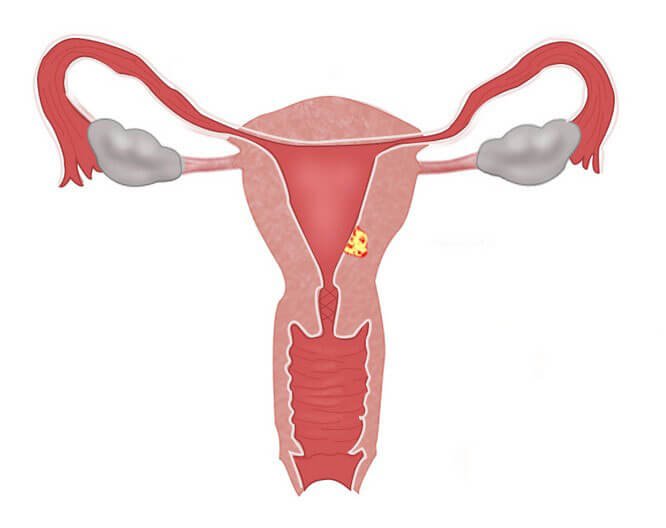what is Vaginal cancer?
Vaginal cancer is a rare cancer that occurs in your vagina — the muscular tube that connects your uterus with your outer genitals. Vaginal cancer most commonly occurs in the cells that line the surface of your vagina, which is sometimes called the birth canal
Types of vaginal cancer:
There are different types of vaginal cancer. They’re named after the cells in your vagina where cancer starts.
Squamous cell carcinoma begins in the flat cells that line your vagina, called squamous cells. Squamous cell carcinoma is the most common type of vaginal cancer. It accounts for nearly 90% of all cases.
Adenocarcinoma begins in gland cells in your vagina. It’s most common in people over 50. Clear cell adenocarcinoma is the exception, often affecting people under 50 who were exposed to a drug called diethylstilbestrol (DES) when they were developing in the uterus.
Melanomabegins in the cells that give your vagina its color (melanocytes). Vaginal melanomas are extremely rare.
Sarcoma begins in the connective tissue and muscle tissue that make up your vaginal wall. Like vaginal melanomas, vaginal sarcomas are extremely rare.
There are different types of sarcoma. Rhabdomyosarcoma is the most common and mostly occurs in children. Leiomyosarcoma occurs most often in people over 50.


